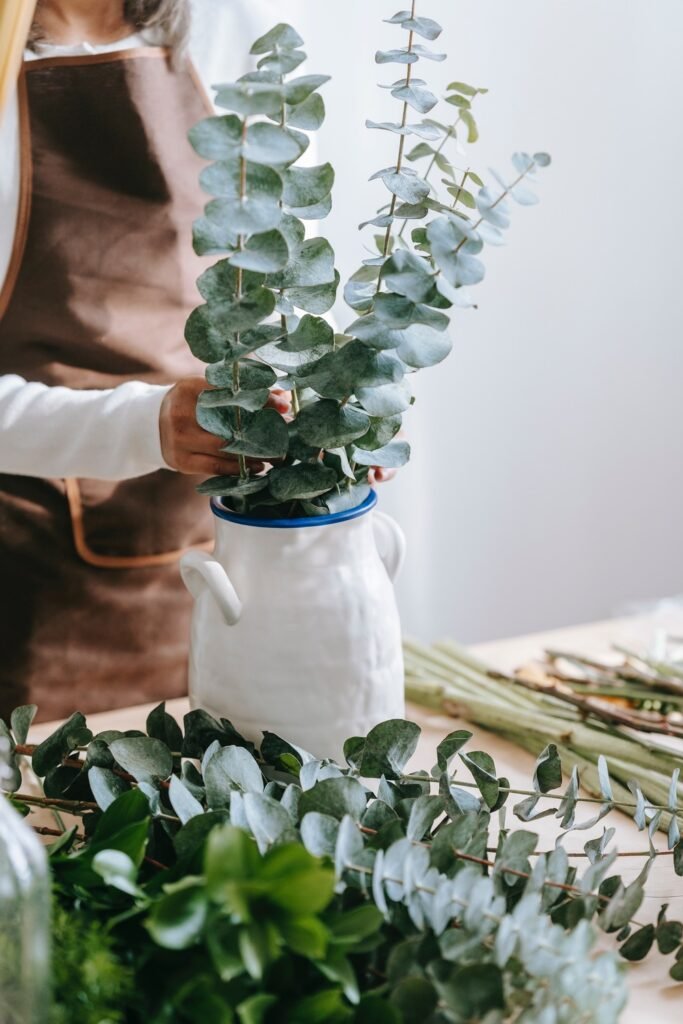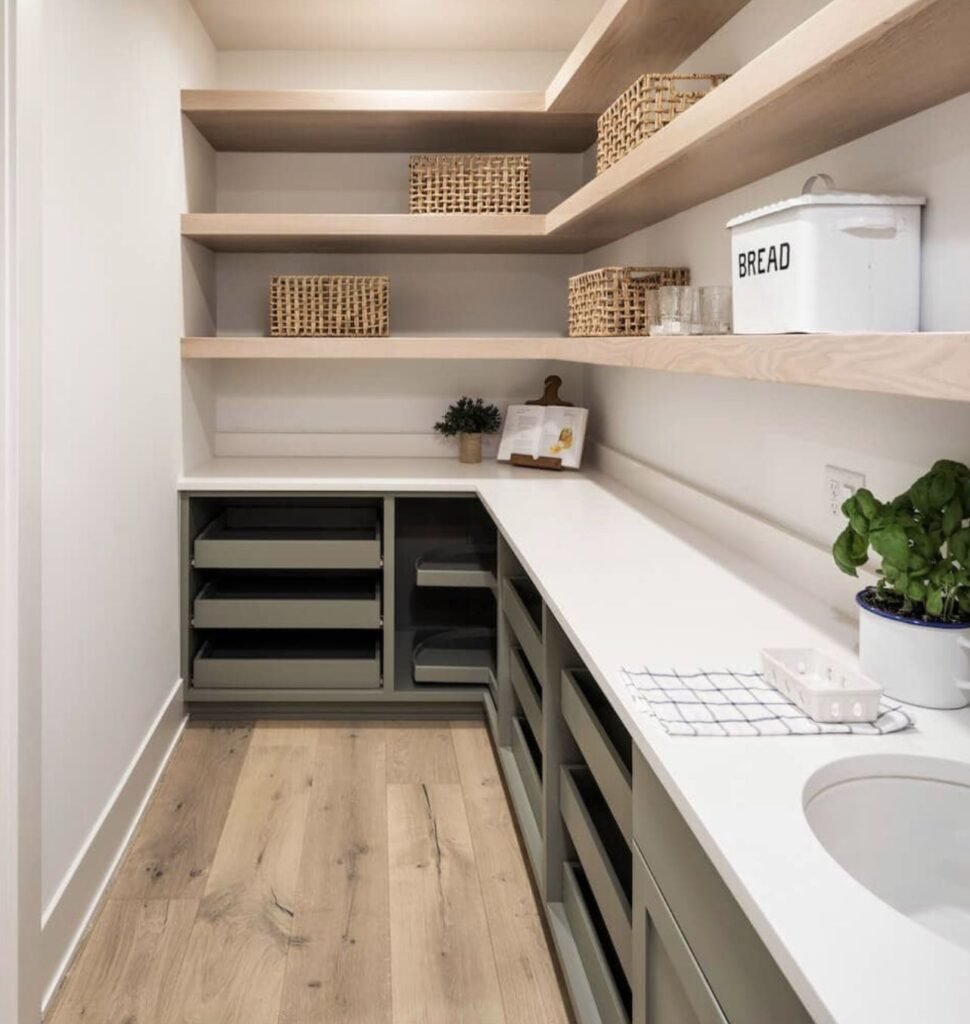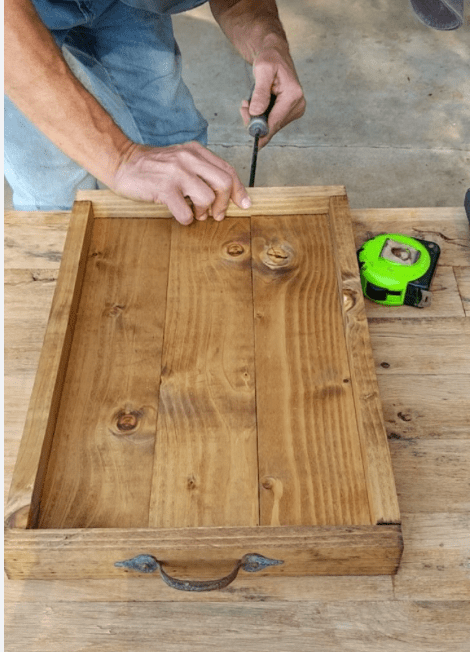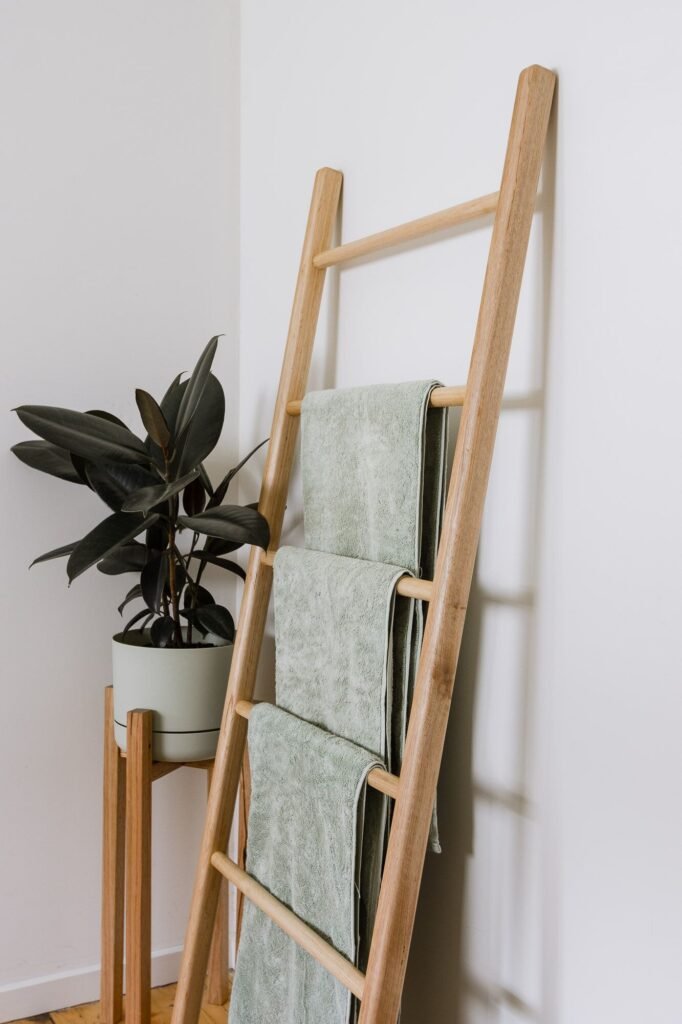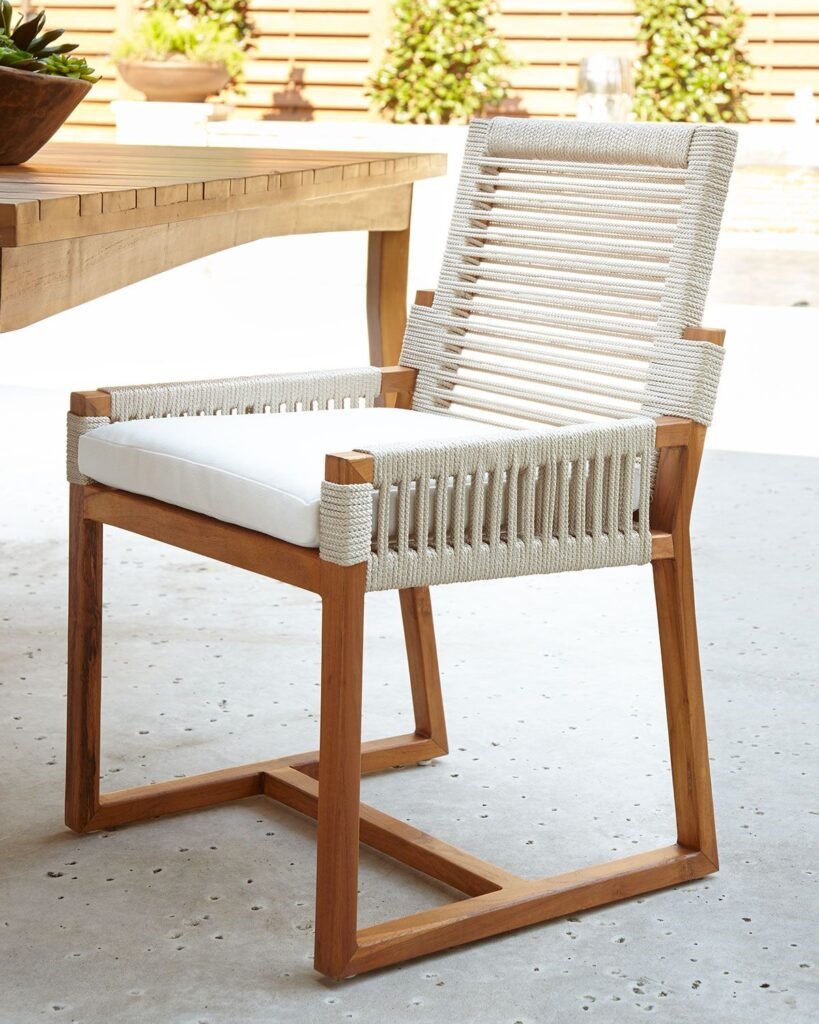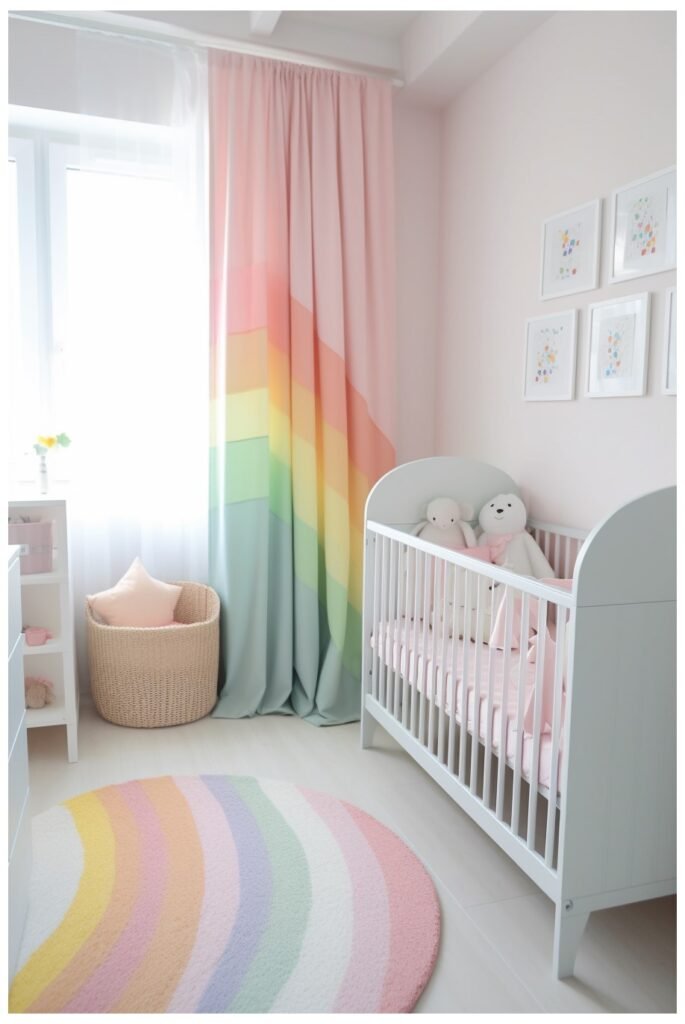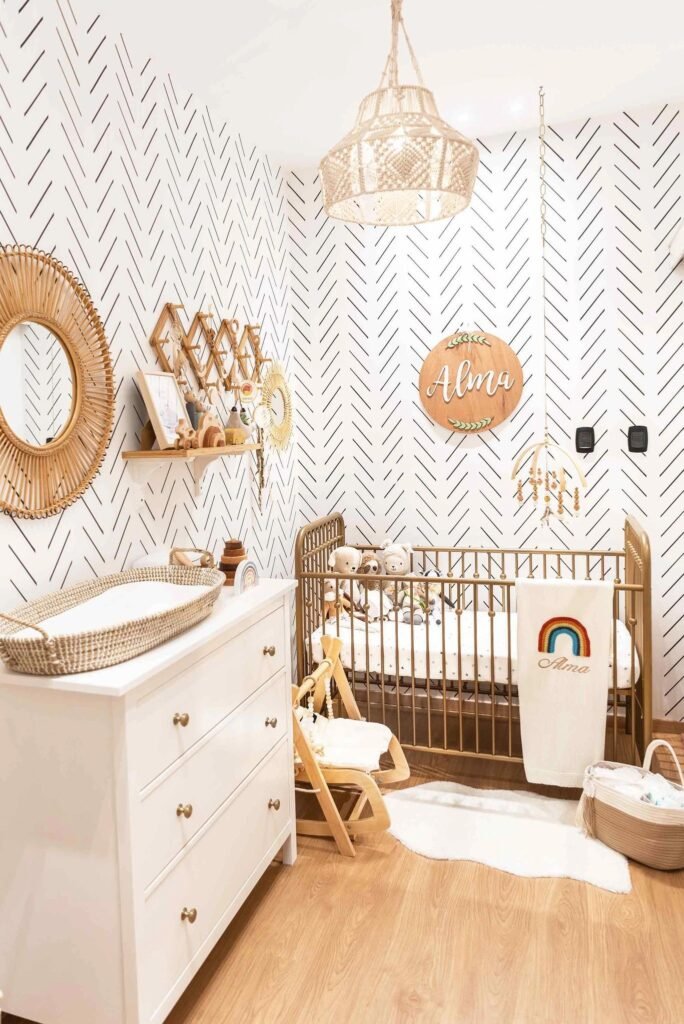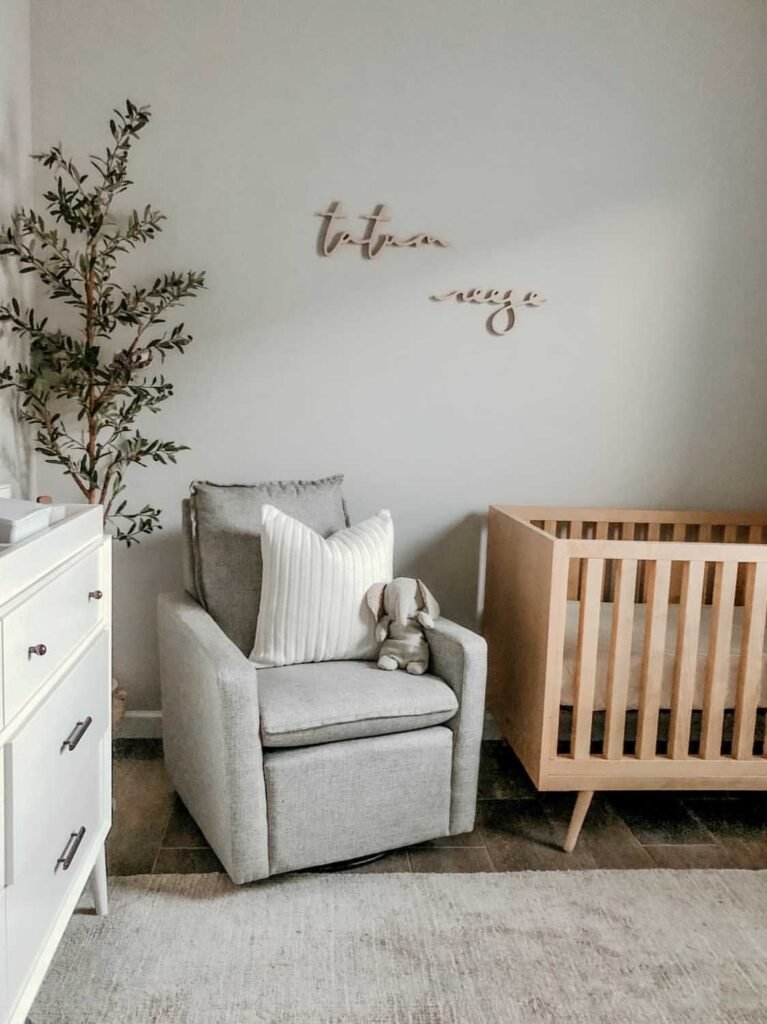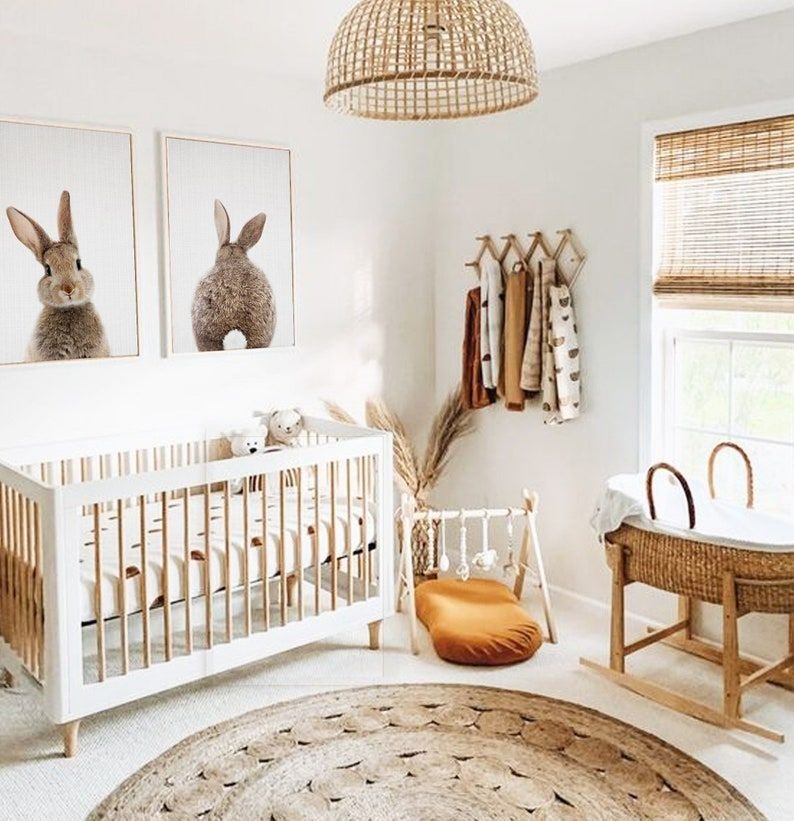If you’re looking to elevate your home style, one simple yet effective way is to choose the right curtain pleat design. Chic curtain pleats not only enhance the aesthetic appeal of your space but also create a sense of elegance and sophistication
Among the various design elements, curtain pleats play a crucial role in the overall appearance. Pinch pleat curtains, one of the most popular styles, bring sophistication and a tailored look to any space.
What are Pinch Pleat Curtains?
Pinch pleat curtains are characterized by evenly spaced, sewn-in, permanently pinched fabric at the top, creating a structured and tailored appearance. This style is versatile and suits various decor themes, from traditional to modern.
Types of Curtain Pleats
Below is the list of Different Types of Curtain Pleats
- Box Pleat
- Eyelet Pleat
- Tailored Pleat
- Goblet Pleat
- Pinch Pleat
Box Pleat
This pleat style features wide, flat folds that create a smooth and tailored look.
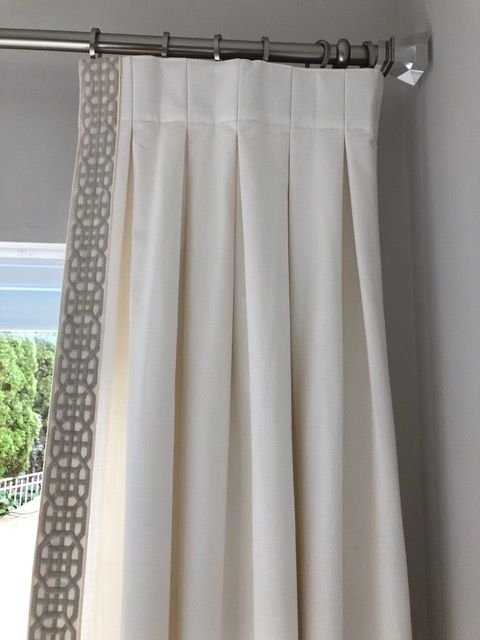
Box pleats work well with medium to heavy fabrics and are suitable for both traditional and contemporary spaces. They offer a neat and formal appeal, adding a touch of sophistication to any room.
Eyelet Pleat
Eyelet pleat curtains are designed with metal or plastic rings that are integrated into the fabric. These rings allow the curtain to glide easily along the rod, creating a modern and effortless drape.

They add a touch of simplicity and can be a perfect choice for a minimalistic interior.
Tailored Pleat
Tailored pleat curtains are characterized by their precise and crisp folds. This pleat style creates a structured and elegant look, making it a popular choice for formal spaces.

Tailored pleats work well with medium to heavy fabrics and provide a timeless and sophisticated appeal.
Goblet Pleat
For a touch of luxury and grandeur, consider the goblet pleat style. Goblet pleat curtains feature a cylindrical shape that resembles a wine goblet.

This pleat style adds volume and drama to any space, making it ideal for formal dining rooms or master bedrooms. Goblet pleats work best with medium-weight fabrics that hold their shape well.
Pinch Pleat
Pinch pleat curtains, sometimes referred to as French pleat curtains, are a classic and versatile choice. This style creates evenly spaced pinched fabric folds, resulting in a tailored and structured appearance.

They offer a refined and timeless elegance, making them a popular choice for many homeowners.
How to pleat curtains
To pleat curtains, you can follow these general steps:
- Measure the width of your curtain panel and determine the spacing and number of pleats you want.
- Mark the pleat points on the top edge of the panel, evenly distributing them as desired.
- Pinch the fabric at each mark and secure it with pins or clips to maintain the pleat shape temporarily.
- Sew along the pinched sections to create permanent pleats.
- Repeat this process
- Press the pleats with an iron to make them sharp and crisp.
- Note: The specific steps may vary depending on the type of pleat you choose.
How to hang pinch pleat curtains
- Install the curtain rod or track system according to the manufacturer’s instructions.
- Slide the rings or hooks onto the rod or attach them to the track.
- Hang the curtain panels on the rings or hooks
- Adjust the length of the curtains as needed, allowing them to lightly touch the floor or windowsill.
- Adjust the width of the curtains by gently pulling or pushing the fabric to achieve the desired fullness and spacing of the pleats.
- Once the curtains are properly hung, adjust the pleats to ensure they are evenly spaced and hang evenly.
Choosing the right curtain pleat can elevate the style and ambiance of your home. With a wide range of options available, including box pleats, eyelet pleats, tailored pleats, goblet pleats, and pinch pleats, you can find the perfect match for your interior decor. By selecting chic curtain pleats, you can transform your windows into stunning focal points while adding sophistication and character to any space.







